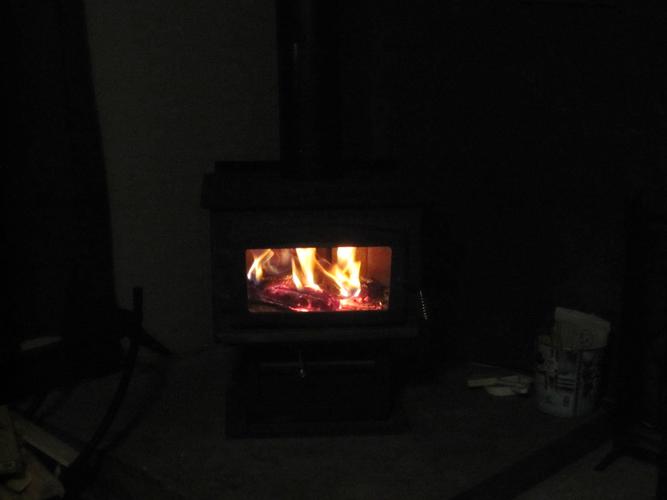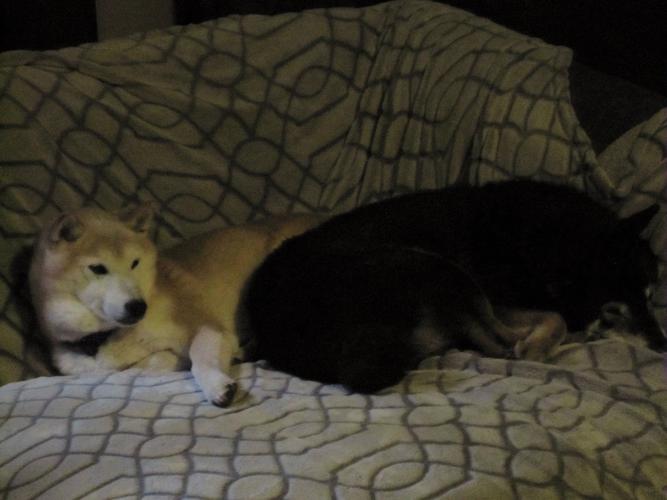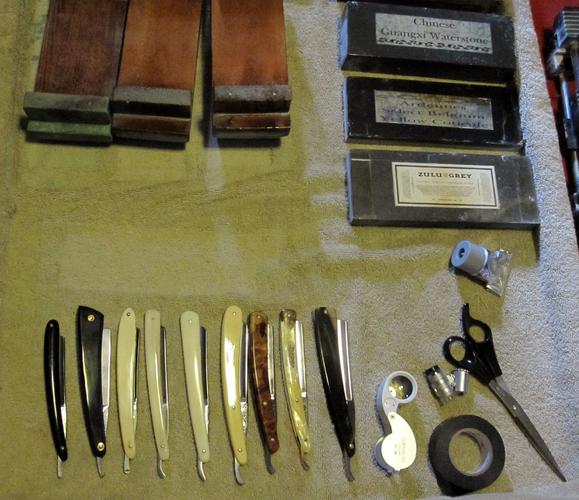Results 1 to 10 of 3718
Thread: Hone of the Day
Hybrid View
-
10-26-2015, 05:11 PM #1At this point in time...




- Join Date
- Jun 2007
- Location
- North Idaho Redoubt
- Posts
- 27,068
- Blog Entries
- 1
Thanked: 13249 Hone of the Day
Hone of the Day
Rainy Cold Drizzle, Flat Tractor Tire

HOTD:
Nice Fire going in the Wood stove, honing buddies laying on the couch next to me
And a few beauts to get sharp and smooth
Man I know I going to have to change that tractor tire later but for now I am staying warm dry and rubbing steel on stones
but for now I am staying warm dry and rubbing steel on stones



Please feel free to post about your HOTD
-
The Following 7 Users Say Thank You to gssixgun For This Useful Post:
kaptain_zero (10-27-2015), MikeB52 (10-26-2015), Phrank (10-27-2015), Thaeris (02-28-2016), tinkersd (01-13-2017), ultrasoundguy2003 (10-27-2015), Walterbowens (10-31-2015)
-
10-26-2015, 07:32 PM #2

Today my vintage Les lat coticule came in unexpectedly. I lapped it and polished it. Took a razor that was shaving well and did water only strokes until the feedback told me to stop. Smooooooth. Can't wait for the shave later!
Last edited by s0litarys0ldier; 10-26-2015 at 07:34 PM.
-
10-26-2015, 07:36 PM #3

The hounds look happy!
If you don't care where you are, you are not lost.
-
10-26-2015, 07:57 PM #4

57 and sunny here...sadly no dugs, no fire, plus a synthetic...pretty damn sterile
 "Call me Ishmael"
"Call me Ishmael"
CUTS LANE WOOL HAIR LIKE A Saus-AGE!
-
11-28-2015, 03:12 PM #5
-
11-26-2019, 04:57 PM #6Member

- Join Date
- Jun 2008
- Location
- Geunnae-ri, South Korea
- Posts
- 56
Thanked: 5
What sort of hone is that?
-
11-26-2019, 11:01 PM #7Str8Faced Gent.






- Join Date
- Aug 2013
- Location
- Orangeville, Ontario
- Posts
- 8,463
- Blog Entries
- 1
Thanked: 4207
Zulu is having a sweet sale gents.
50% off plus bonus stones.

http://www.zulugrey.com/shop/
Use code JOLLY50 at check out..
No Iím not affiliated with them beyond owning the one I bought..
 "Depression is just anger,, without the enthusiasm."
"Depression is just anger,, without the enthusiasm."
Steven Wright
https://mobro.co/michaelbolton65?mc=5
-
The Following User Says Thank You to MikeB52 For This Useful Post:
RezDog (11-26-2019)
-
11-28-2015, 03:18 PM #8Senior Member


- Join Date
- Mar 2015
- Location
- Indiana, Portland
- Posts
- 321
Thanked: 70
Solitarysoldier: I'm fairly new (not to life but to straight razor shaving & honing), this is the first I seen polishing a stone. Could you explain that to a willing learner?
-
01-15-2016, 03:28 AM #9Senior Member


- Join Date
- Mar 2015
- Location
- Indiana, Portland
- Posts
- 321
Thanked: 70
-
01-15-2016, 03:38 AM #10Previously lost, now "Pasturized"


- Join Date
- Oct 2005
- Location
- Winnipeg Manitoba Canada
- Posts
- 1,333
Thanked: 351
From Zulu Grey's FAQ:
If you would like to create the same finish on the honing side of your Zulu Grey that it had when you received it, simply lap the hone to an acceptable finish say 600-1000 grit, then dry the hone completely and ‘polish’ the honing surface with a small piece of 1500 grit waterpaper (use it dry)."Aw nuts, now I can't remember what I forgot!" --- Kaptain "Champion of lost causes" Zero
-


 23400Likes
23400Likes LinkBack URL
LinkBack URL About LinkBacks
About LinkBacks






 Reply With Quote
Reply With Quote

